Growth of Electric and Hybrid Vehicles
The Automotive Plastic Interior Trim Market is witnessing growth driven by the increasing popularity of electric and hybrid vehicles. As these vehicles gain traction, manufacturers are adapting their interior designs to cater to a new generation of environmentally conscious consumers. The unique requirements of electric and hybrid vehicles, such as the need for lightweight materials to optimize battery efficiency, are propelling the demand for innovative plastic trims. Market data suggests that the production of electric vehicles is expected to rise significantly in the coming years, which will likely create new opportunities for the Automotive Plastic Interior Trim Market. This shift indicates a transformative phase for the industry as it aligns with the evolving automotive landscape.
Rising Demand for Lightweight Materials
The Automotive Plastic Interior Trim Market is experiencing a notable shift towards lightweight materials, driven by the automotive sector's focus on enhancing fuel efficiency and reducing emissions. As manufacturers strive to meet stringent environmental regulations, the adoption of lightweight plastics has surged. This trend is underscored by the fact that lighter vehicles consume less fuel, thereby contributing to lower carbon footprints. In 2025, the market for lightweight automotive materials is projected to reach substantial figures, indicating a robust growth trajectory. Consequently, the demand for plastic interior trims, which offer both weight reduction and design flexibility, is likely to increase, positioning the Automotive Plastic Interior Trim Market favorably in the evolving automotive landscape.
Consumer Preference for Aesthetic Appeal
The Automotive Plastic Interior Trim Market is increasingly shaped by consumer preferences that prioritize aesthetic appeal and interior design. As vehicle interiors become a focal point for buyers, manufacturers are compelled to innovate and enhance the visual and tactile qualities of plastic trims. Research indicates that a significant percentage of consumers consider interior design as a critical factor in their purchasing decisions. This trend is likely to drive the demand for high-quality, visually appealing plastic trims that can mimic the look and feel of traditional materials. Consequently, the Automotive Plastic Interior Trim Market is poised for growth as manufacturers respond to these evolving consumer expectations.
Regulatory Compliance and Safety Standards
The Automotive Plastic Interior Trim Market is significantly influenced by regulatory compliance and safety standards that govern vehicle manufacturing. As governments worldwide implement stricter regulations regarding vehicle safety and environmental impact, manufacturers are increasingly required to utilize materials that meet these standards. This has led to a heightened focus on the development of non-toxic, recyclable plastics that align with sustainability goals. The market is expected to expand as manufacturers invest in research and development to create trims that not only comply with safety regulations but also enhance the overall safety of vehicles. Thus, the Automotive Plastic Interior Trim Market is likely to benefit from these regulatory trends.
Technological Advancements in Manufacturing
Technological advancements are significantly influencing the Automotive Plastic Interior Trim Market, as innovations in manufacturing processes enhance efficiency and product quality. The integration of automation and advanced materials science has led to the development of superior plastic trims that are not only aesthetically pleasing but also durable and functional. For instance, the introduction of 3D printing technology allows for rapid prototyping and customization, catering to diverse consumer preferences. As manufacturers adopt these cutting-edge technologies, the market is expected to witness a surge in production capabilities, thereby meeting the growing demand for high-quality automotive interior trims. This evolution suggests a promising future for the Automotive Plastic Interior Trim Market.


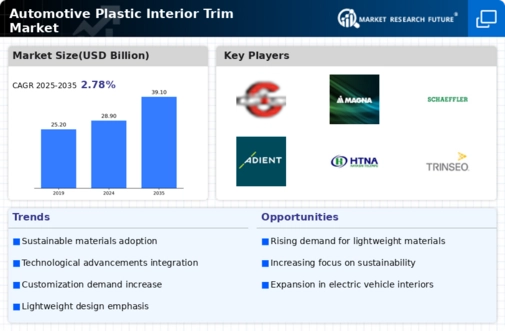
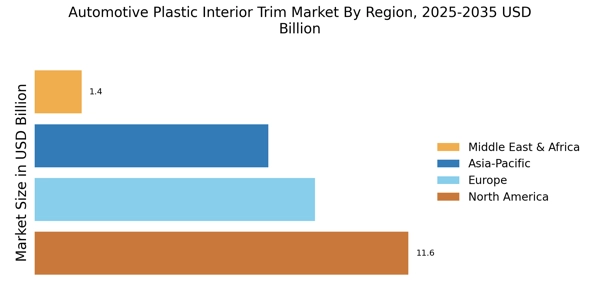


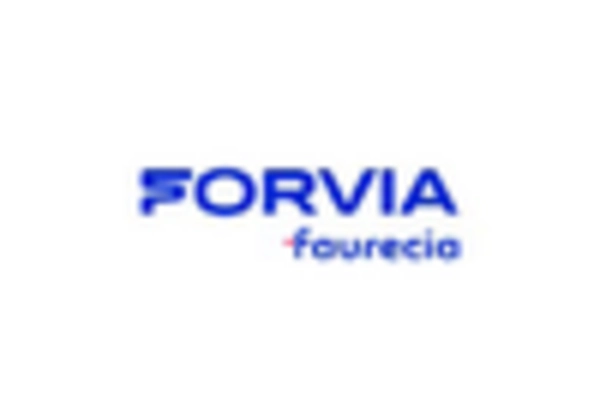
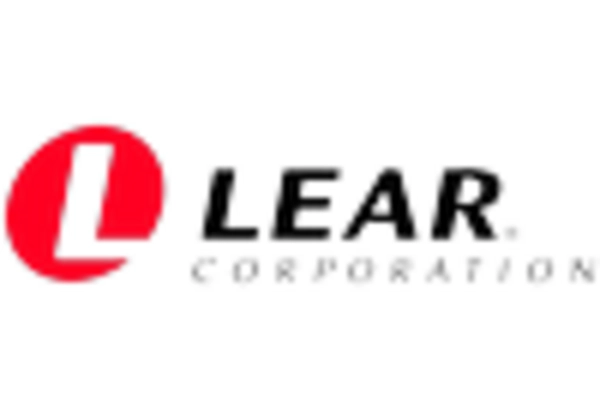
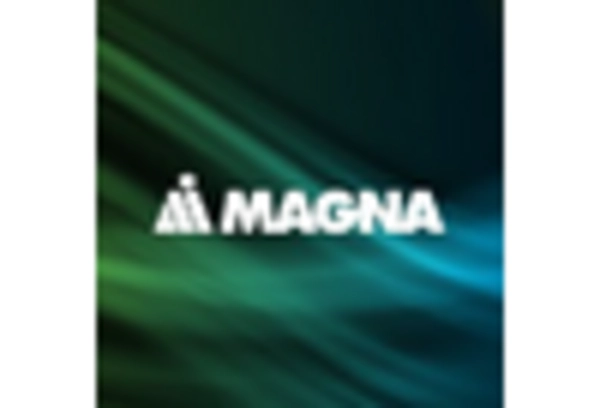









Leave a Comment